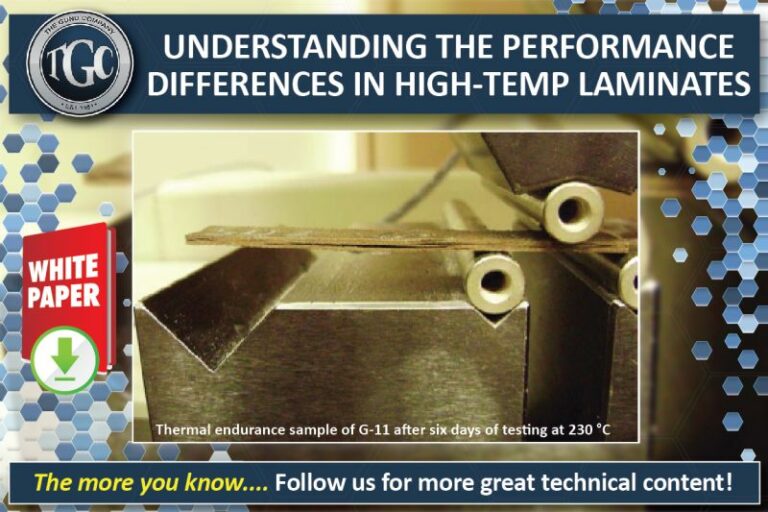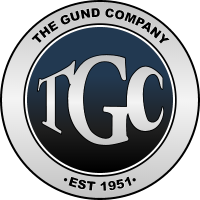A Review of High-Temperature
Glass Epoxy Laminate Materials
Materials technology continues to evolve, offering higher-performance materials for more demanding customer applications. Often, manufacturers fail to review their specifications to take advantage of these newer high-temperature glass epoxy laminate materials and offer improved performance at a lower cost. The generator stator may use high-temperature glass epoxy laminate insulation wedges to secure the slot’s conducting bars.
Unfortunately, the marketplace has a tremendous amount of confusion regarding insulation materials’ thermal performance. A related document available from The Gund Company, “Thermal Performance of Insulation Materials – A Review of Terminology & Methods,” addresses this topic specifically.

Similarly, there is confusion in the electrical insulation marketplace regarding the names, grades, and industry standards given to these materials. Many companies assign their names to materials, and it is unclear whether their material meets or exceeds the industry standards. A related document available from The Gund Company, “What’s in a Name? A Review of Material Data Properties”, addresses this topic specifically.
The purpose of this document is to review the common international standards for high-temperature, high-pressure glass epoxy laminates. The paper will review the increasing thermal performance characteristics of the grades available today. Lastly, the document will present side-by-side test data for several high-temperature glass epoxy laminate grades, illustrating typical high-temperature laminates.
